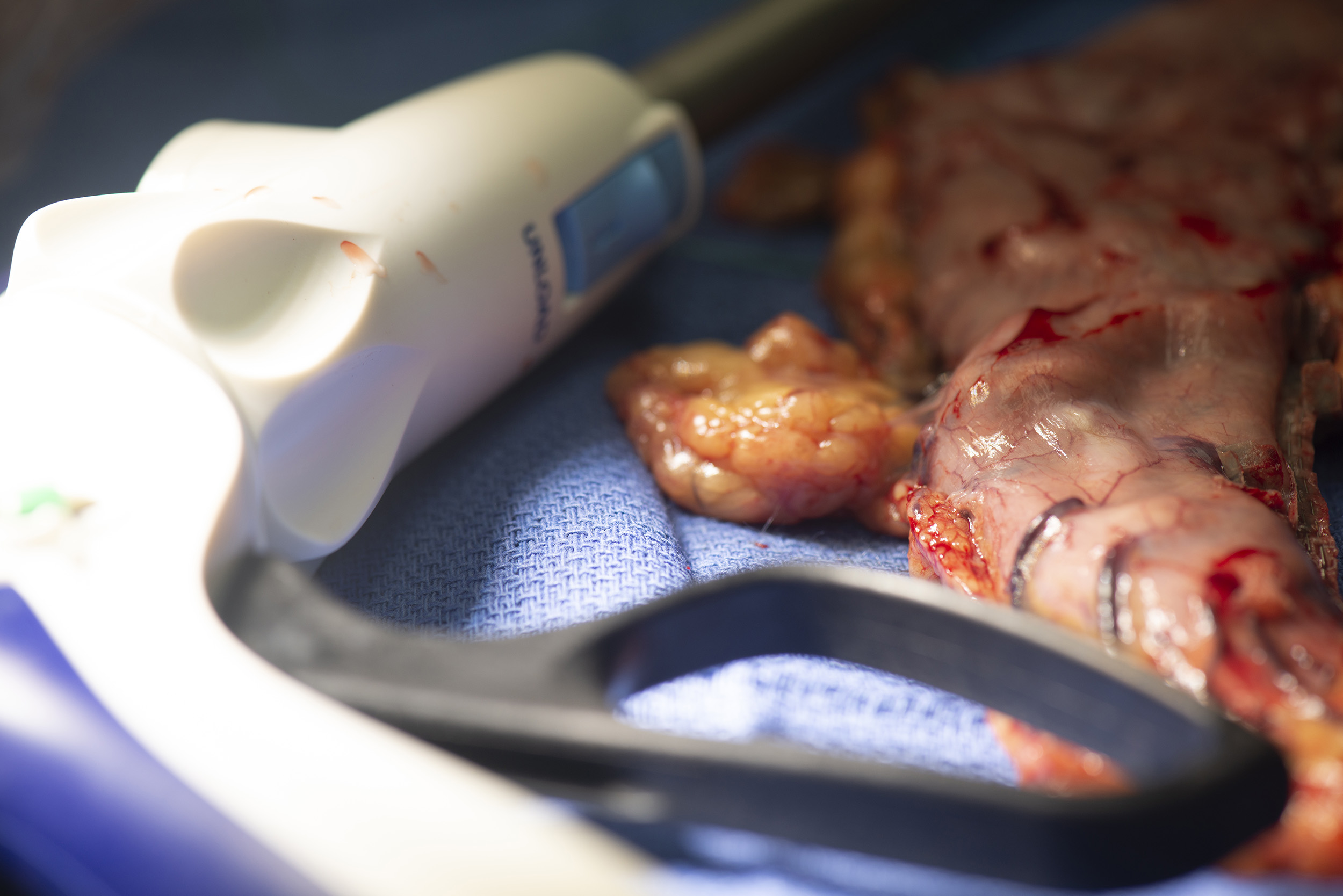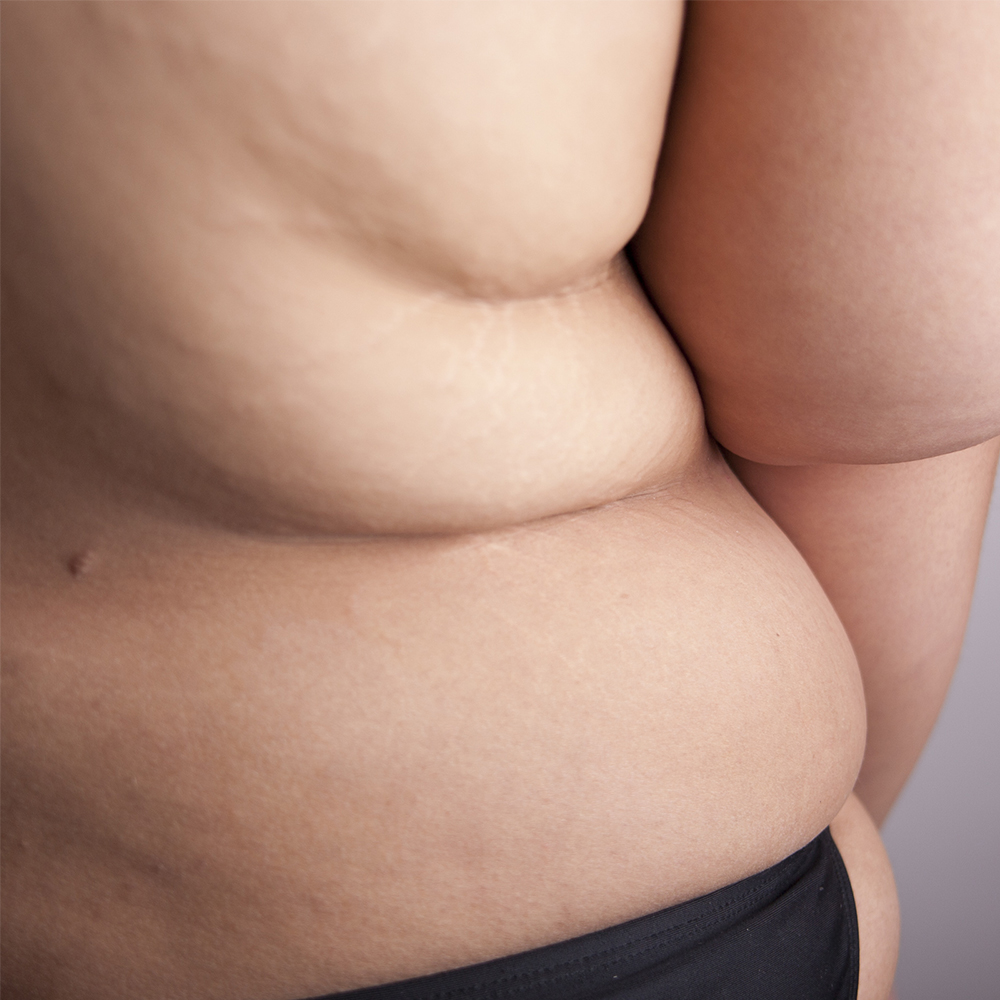How Does a Gastric Sleeve Affect Dieting and Help Weight Loss?
The goal of all bariatric surgery is to provide a physical change in the digestive system that helps people lose substantial weight. Notice that there are two key points: “change in the digestive system” and “helps people lose weight.” The first point is obvious because bariatric surgery in general suggests some kind of alteration to the stomach and sometimes to the intestine. Bariatric procedures vary in their effects on the digestive process – some more than others. The gastric sleeve procedure is a relative newcomer to bariatric surgery, but it’s rapidly becoming one of the most popular options because it appears to be the least problematic in its impact on digestion. However, and this is the second key point, while a gastric sleeve procedure is a great help in a weight loss program, it’s still up to the individual to work at the weight loss. This usually means adopting a diet appropriate for a gastric sleeve, one that supports weight loss, and a consistent regimen of exercise and other healthy habits. It’s tempting to think of the gastric sleeve surgery as ‘the solution’ but in a sense, it’s just a tool, something to help you with a lifelong diet and lifestyle change.
What happens to your digestive system with a gastric sleeve?
Injecting Insulin

While it’s true that your digestive system begins in the grocery store (or at least in the kitchen), in physical reality it all starts in the mouth. When you eat and drink, the food material mixes with salivary juices. These contain enzymes that begin the process of chemical breakdown that eventually makes it possible for your body to absorb the nutrients and energy contained in the food. Of course, the mouth also contains teeth, which are there for a purpose – breaking up the food into smaller and wetter material – in other words, masticating the food. This is an important part of preparing the food for digestion and when you have a stomach altered by a gastric sleeve operation; it becomes even more important.
Chewing food is the only point in the process of digestion where you have some mechanical control over the consistency of what you eat. After food leaves the mouth, the process becomes fully automatic. That means, for example, if you don’t chew enough and large chunks of food pass down the esophagus to the stomach, those chunks could cause problems in the radically smaller stomach of a gastric sleeve.
In a sleeve gastrectomy, approximately 50 to 85% of the stomach is cut away, leaving a tube-like stomach about the size and shape of a banana. The procedure leaves the complicated sphincters at the top and bottom of the stomach intact. The procedure does not require any implantable devices or re-routing of the intestines.
While removal of most of the stomach is the only change to the digestive system, it has far-reaching impact. For one thing, the stomach obviously holds less food and liquid. The normal stomach is relatively capacious, with enough room to hold about 6 cups (48 ounces) or 3 lbs. of food. It can even stretch to hold more, on unnecessary occasions. A sleeve stomach can hold at a maximum, 10 to 15 ounces of food. Often far less food is ideal and what is tolerated. The stomach post-gastric sleeve is neither particularly flexible nor distensible.
The downsized stomach is one reason that a gastric sleeve is effective in helping weight loss. The other reason is that during the operation, with most of the stomach cut away, the portion of the stomach that produces ghrelin is also removed. Ghrelin is a hormone that travels from stomach to the brain, signaling that the stomach has enough food; it’s the feeling of fullness. Without ghrelin, which normally requires some time to react in the brain (during which time people easily overeat), the stomach feels “full” when it actually is full – and that happens very quickly in such a small stomach area. This too becomes a natural limiter of how much food people want to eat.
Other forms of bariatric surgery, notably the gastric bypass, also cut down on the ability of the intestines to absorb food. This can lead to greater weight loss, by as much as 25% more than a gastric sleeve; but there is a potential cost. In a gastric bypass, the upper end of the intestine (the duodenum) is no longer directly involved with digestion and the rerouting of the intestines can lead to problems of nutritional deficiencies, problems of malabsorption as well as problems with intestinal blockages. This doesn’t happen as often with a gastric sleeve, since the function of the intestines remains largely the same as before.
Managing your digestion to make the most of a gastric sleeve
Following any bariatric surgery, patients eat a carefully controlled and monitored diet. The idea is to protect the recuperating digestive system. After a while, typically a few weeks to a few months, something closer to normal eating can resume. Please remember this important point, if weight loss is the goal, then ‘normal’ habits must change to ‘weight control’ habits. The entire concept of normal eating must be relearned.
This is a combination of eating the right foods, at the right time, in the right way – and combining the diet with exercise and other healthy behavior. It takes some discipline to do this right, but many people find that the physical reality of a gastric sleeve helps them to find that discipline.
Part of the standard instructions for adopting a diet appropriate to a gastric sleeve is to eat more meals, about six times a day but eating much less for each meal. With a stomach about 15% of what it used to be, this means it’s relatively easy to eat too much too fast. Most people learn a rhythm of chewing and swallowing that naturally limits the quantity of material dispatched to the stomach. If done right, the slower pace and many smaller meals allow the tiny stomach to fill and automatically signal 'enough.’
Gastric Dumping can occur after a Gastric Sleeve
Although it is not common for people with a gastric sleeve, failure to learn how to eat small meals slowly can lead to something called gastric dumping. If the stomach becomes overloaded, particularly if it contains too much liquid, food passes too quickly into the intestines. The rush of too much food into the upper intestine may cause nausea, cramping, diarrhea, dizziness and fatigue. This can actually become a disorder and a source of potentially serious problems. However, it’s easily addressed by following the guidelines for meals and a few dietary measures such as eating foods low in carbohydrates, avoiding simple sugars and – most importantly – drinking liquid between meals, not with them.
The management of liquid and food becomes a relatively significant issue for people with a gastric sleeve. Too much liquid, especially with food, fills the stomach sleeve too quickly and reduces the time the food has in the stomach to mix with stomach acids, which are very important in the digestive process. In rare cases, lack of stomach digestion can lead to nutrition deficiencies. Consequently, most physicians recommend that liquids are consumed at least 30 minutes before eating and at least an hour after eating.
How a gastric sleeve affects what foods to avoid or eat with caution
While a gastric sleeve requires less adjustment to the type of foods you eat than other forms of bariatric surgery, there are still some useful guidelines. Most obviously, avoid foods that don’t tend to arrive at the stomach in very small pieces, which is another way of saying don’t eat things that are not readily chewed and masticated before swallowing. The idea is not to send big, hard chunks of food into the narrow and limited space of a gastric sleeve.
Most foods, when properly chewed, present no problem. Some, however, are less likely to be properly chewed such as nuts, seeds and popcorn. Chunks of hard, gristly meat might also fall into this category.
Another type of food that can present problems are those which expand when exposed to liquids such as saliva and stomach fluids. These expansible foods can include dried fruits, some breads and pasta. Again, if these foods are properly chewed into small pieces, there’s usually less of a problem.
Some people also experience discomfort from drinking carbonated beverages or eating food (such as beans) that produces gasses in the presence of digestive enzymes. For obvious reasons, the reduced stomach size doesn’t make much room for gas expansion.
For most people, their physician or nutritionist will help guide them find the right dietary mix for their gastric sleeve. Some experimentation is a good idea, for as usual, experience is among the best teachers of what you can and can’t eat to keep the gastric sleeve comfortable.
Occasionally a gastric sleeve may cause problems
The sleeve gastrectomy is a relatively safe bariatric surgery procedure, especially as it is nearly always performed by minimally invasive laparoscopic methods. However, with any procedure that alters the digestive system, it is possible to have complications. Because the gastric sleeve procedure involves several cuts to the stomach there is always the possibility for leakage of fluids in the immediate post-operative period. The staple lines can become infected, form scar tissue or ulcerate.
While laparoscopic sleeve gastrectomy is not reversible and provides a lifetime of support for weight maintenance, in a small number of patients weight begins to climb again. The causes aren’t always obvious (such as overeating) and doctors think it may have different origins in different people. They believe there are several contributing factors including a pattern of eating too much of the wrong foods that force the gastric sleeve to stretch and accommodate ever more food, changes in the digestive processes of the intestines, and a psychological desire to eat more.
The process of losing weight through a gastric sleeve is relatively slow, sometimes requiring up to two years. For the most part, this is a very good thing. Slow but steady weight loss produces less strain on other processes in the body. While there are risks with a gastric sleeve, they affect less than 1-2% of all patients. Compared to the advantages of a gastric sleeve, which include no foreign objects in the body (such as a lap-band), an intact intestinal tract, and a relatively normal digestive system – the risks are minimal. In return, with a potential for a 50%-70% excess weight loss, the health benefits of going from obese to near normal weight are, literally in some cases, life-saving.


